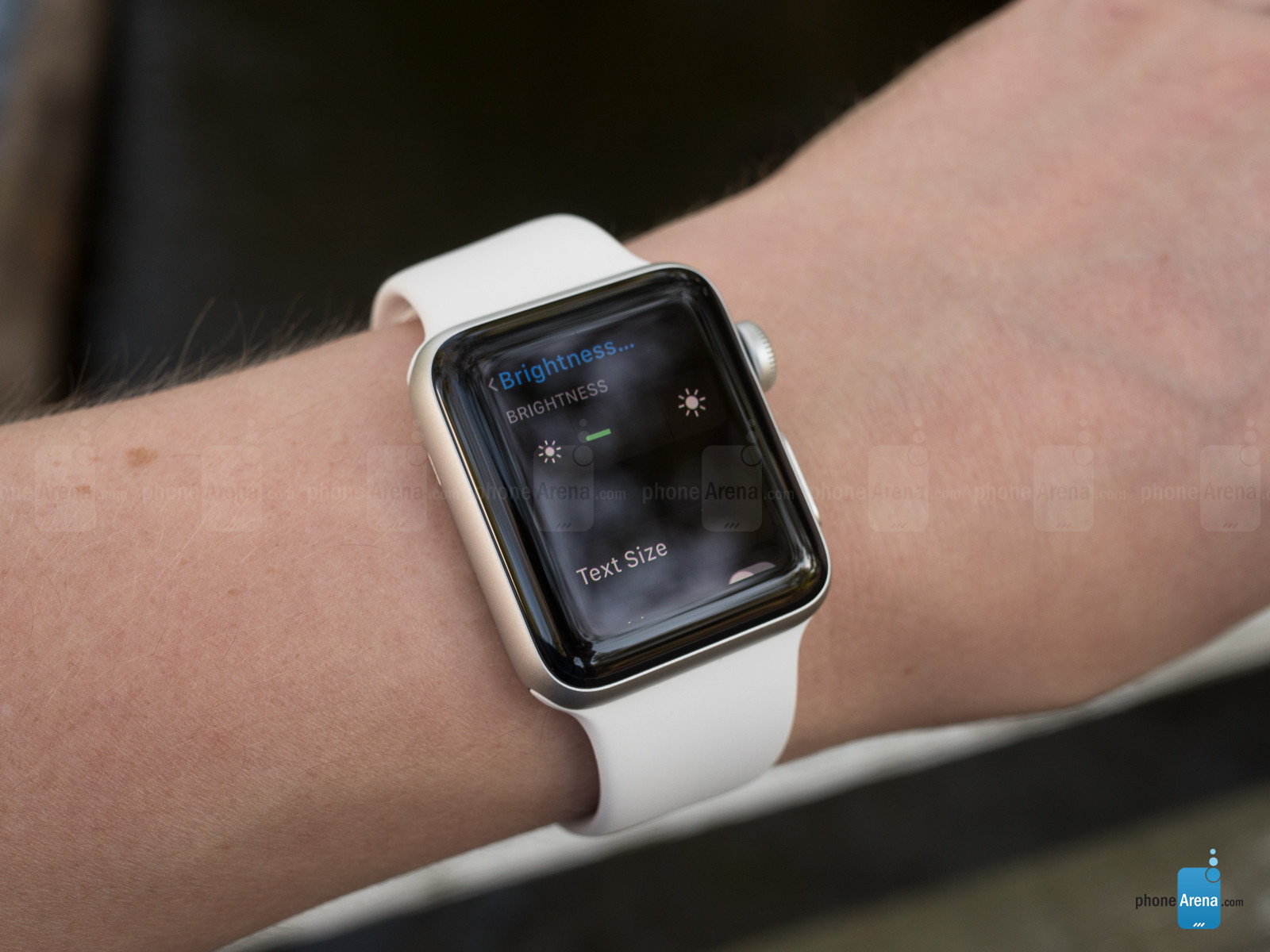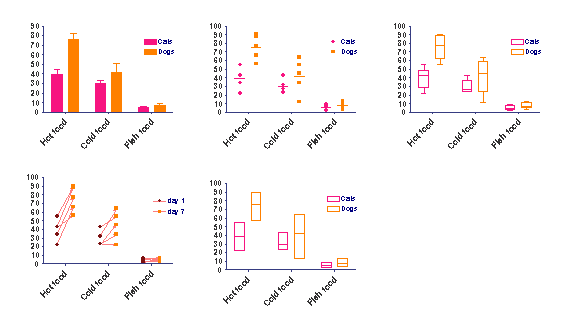


Starting at the upper left, the first table describes how a researcher might choose an appropriate graph (Protocol 1). These concepts and more would be used to determine how a data set should be graphed, which statistical tests should be used to analyze the data and how that information might be used to plan better experiments in the future.įlow-chart illustrating general approaches to use of statistics in immunology. gender is male or female, a person’s disease status can be infected or uninfected).

68.3 inches, 154.8 lbs, 17.1 micrograms, …), and categorical variables, which have a finite list of discrete outcomes (e.g. age, height, weight, mass, concentration of specific compounds, …) that can be measured precisely in fractions of a unit (e.g. Another important concept is the difference between continuous variables (e.g. dependent variables), which are typically the variables outside of our control or the variables most influenced by our experimental conditions. independent variables), which are typically variables we can control or variables we expect to influence an outcome, and response variables (i.e. One key idea is the distinction between predictor variables (i.e. 1) describes the organization of the statistical concepts presented here, starting with statistical graphs and branching out into different statistical tests and concepts for specific types of immunological data. These protocols should be useful to biologists who are learning statistics for the first time and biologists who would like a refresher on basic statistical methods.Ī flow chart ( Fig. Each topic receives a brief overview of the theory and usage, followed by brief instructions and code examples for R software.

Protocols cover the basics of t‐tests, ANOVA, nonparametric tests, linear and nonlinear regression models, categorical response models, statistical design of experiments, and advanced methods like re‐sampling tests, Bayesian statistics, and methods for high‐throughput ‐omics data. These protocols provide a brief overview of the statistical methods most relevant to immunology researchers, so they can either analyze their own data or better understand their statistician collaborators. Statistical tests and graphs are an important part of any immunological research publication or presentation, but not all immunologists have the statistical expertise to choose the best methods to evaluate and represent their experiments.


 0 kommentar(er)
0 kommentar(er)
